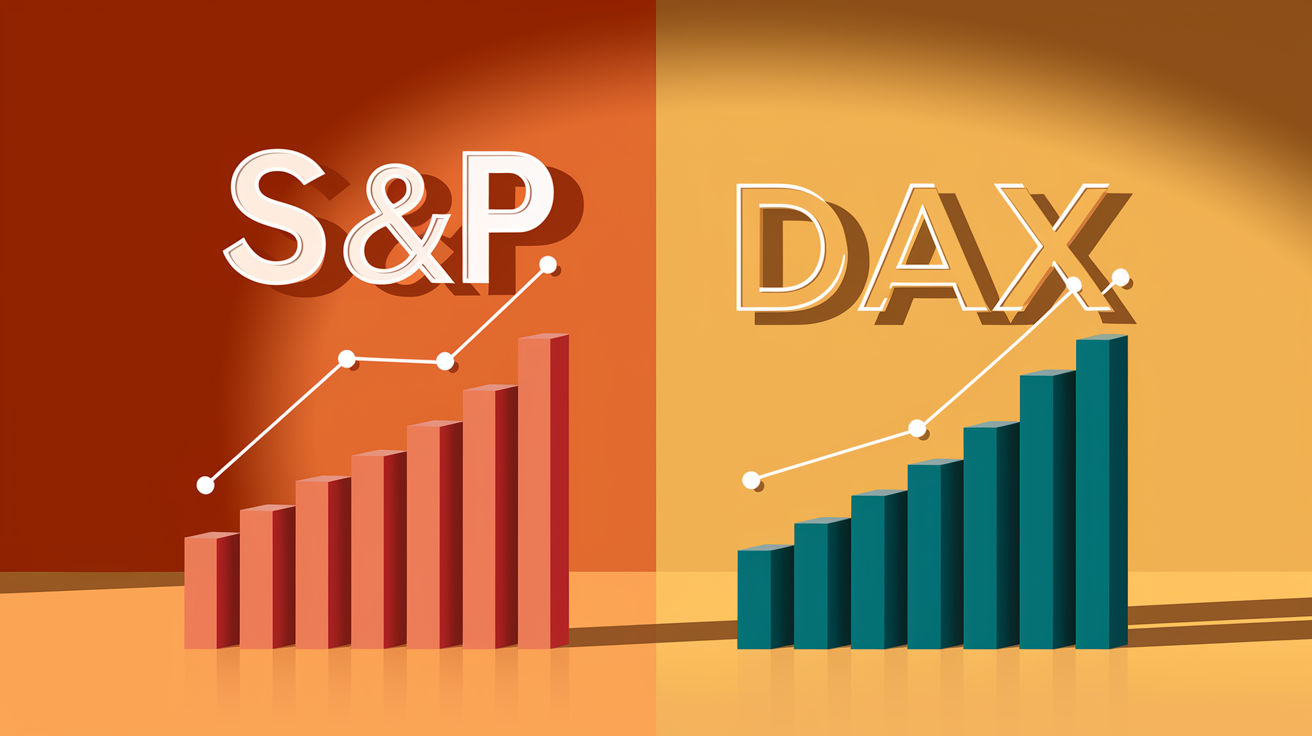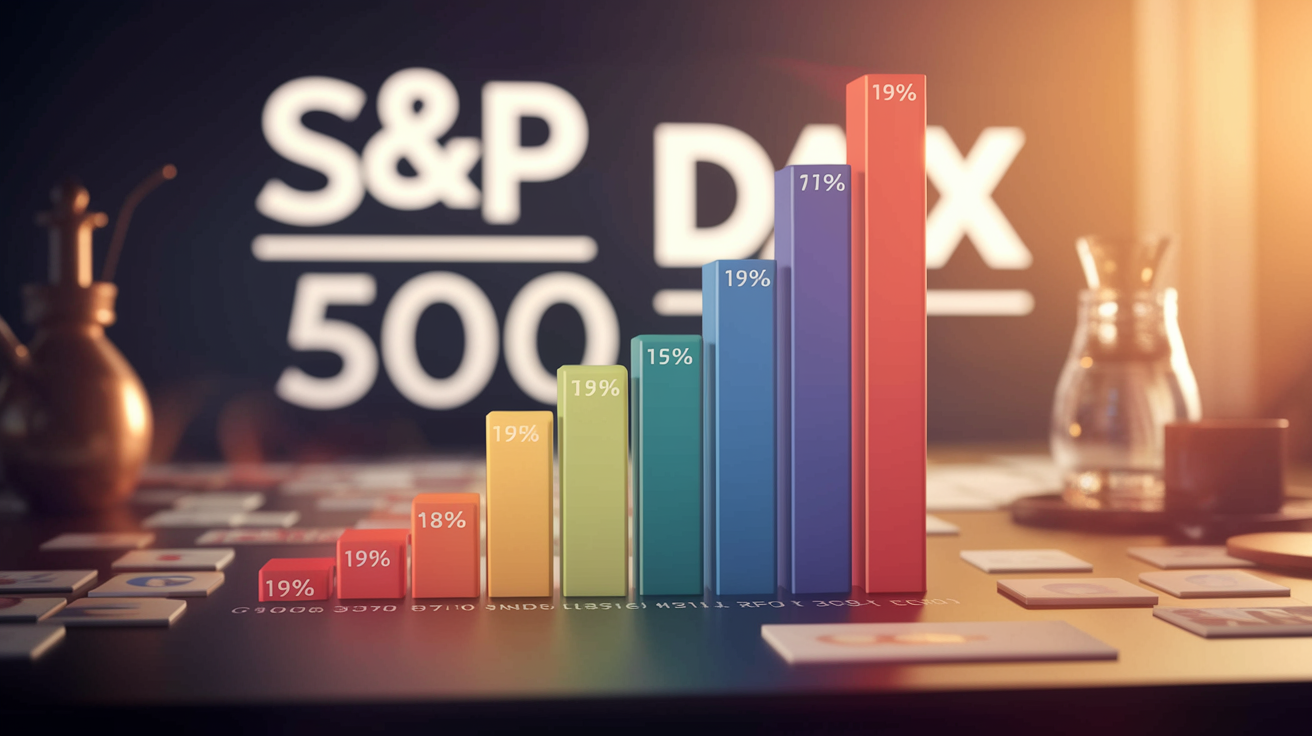Dividend yield is a key indicator for investors, as it not only shows the profitability of an investment but also provides insight into the financial health of companies. In the comparison between the dividend yields of the S&P 500 and the DAX, an interesting contrast emerges between the stability of German companies and the diversity of American giants. While the first chapter highlights the average yields, the second analyzes the market conditions that shape these differences.
Dividend Yield in Focus: S&P 500 vs DAX

The analysis of the dividend yield of the S&P 500 compared to the DAX highlights substantial differences affecting investors worldwide. The dividend yield is a central element for investors, as it can provide recurring income and is often seen as an indicator of a company’s financial health.
In the S&P 500, a barometer of the US economy, the current dividend yield is about 1.3%. This relatively low number can be explained by the more growth-oriented nature of the included companies, which often use their profits for investment. Historically, dividends have significantly contributed to the total return of this index; long-term data indicates that about 40% of returns come from dividends, especially if these are regularly reinvested. With a long-term inflation-adjusted average return of 7.1%, the S&P 500 is known for its stable income prospects.
In contrast, the DAX shows a higher dividend yield of 2.7%, which stems from the more conservative dividend policy of European companies. Many of these firms distribute a larger portion of their profits as dividends, a sign of stability and a less aggressive growth approach compared to many American companies. While some sectors, such as the automotive industry, have temporarily dragged down the index, other areas in the DAX are increasing their dividends and contributing to a persistent and attractive yield.
The direct comparison shows that currently, the DAX offers a more attractive dividend yield, but not without risks. European stocks are often valued more conservatively compared to their US counterparts, which is partially due to economic uncertainties. However, the DAX remains interesting for value-oriented investors.
Both indices show that dividends can contribute significantly to total returns and offer various strategies for optimizing revenues. While the S&P 500 impresses with its long-term stability, the DAX offers immediate appeal due to higher distributions, especially in times of low interest rates. These differences allow investors to mix strategies and diversify their portfolios based on their goals and risk appetites.
Market Conditions: The Benchmark for Dividends in S&P 500 and DAX

The influence that market conditions have on the dividend yields of the S&P 500 and DAX is a complex and ever-evolving dynamic. Economic conditions, market volatility, corporate strategies, and geopolitical factors all play a fundamental role. These elements do not act in isolation but through a complicated interweaving that determines the attractiveness and stability of the indices in the long run.
Economic conditions are a central factor: strong economic growth often leads to higher corporate profits, which can potentially increase dividend yields. Conversely, recessions or stagnant growth could negatively impact payments, thus reducing yields. In the United States, the S&P 500 often reflects the overall state of the economy. Depressive macroeconomic phases could force companies to cut their dividends. Conversely, in Germany, the DAX has a significant impact on the European economic landscape, with solid economic data potentially having a positive influence on dividend yields.
Additionally, inflation and interest rates play a crucial role. Higher inflation rates can reduce real dividend yields, and rising interest rates could lead to a devaluation of dividend stocks, as fixed-income investments become more attractive. Consequently, companies may be compelled to revise their dividend policies; in the DAX, traditional companies may maintain higher distributions, whereas in the S&P 500, growth-oriented firms might cut dividends to invest in their expansion.
As market volatility can discourage investors in the short term, many seek safety through stable dividend income during turbulent times. Companies with a historical solidity in dividends are therefore particularly attractive. This is further amplified by geopolitical uncertainties, such as trade wars and tariffs, which often shake economic stability and can lead to a reevaluation of profit and dividend policies.
In both S&P 500 and DAX, these interactions between market conditions lead to fluctuations in dividend yields. Markets react sensitively to changes, necessitating continuous adjustments in corporate strategies. A detailed analysis of all these factors is essential for investors to find the right balance between risk and return, both in the American and European contexts.